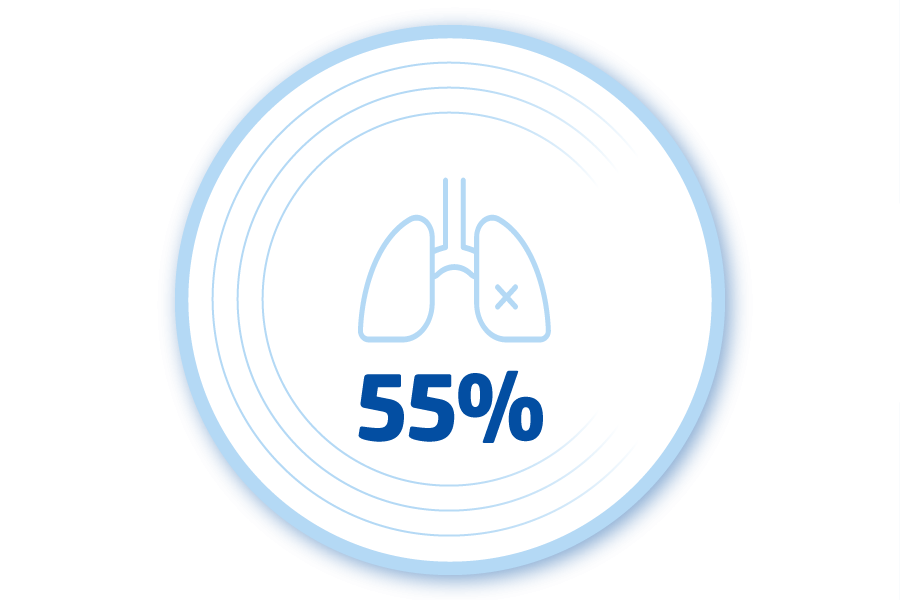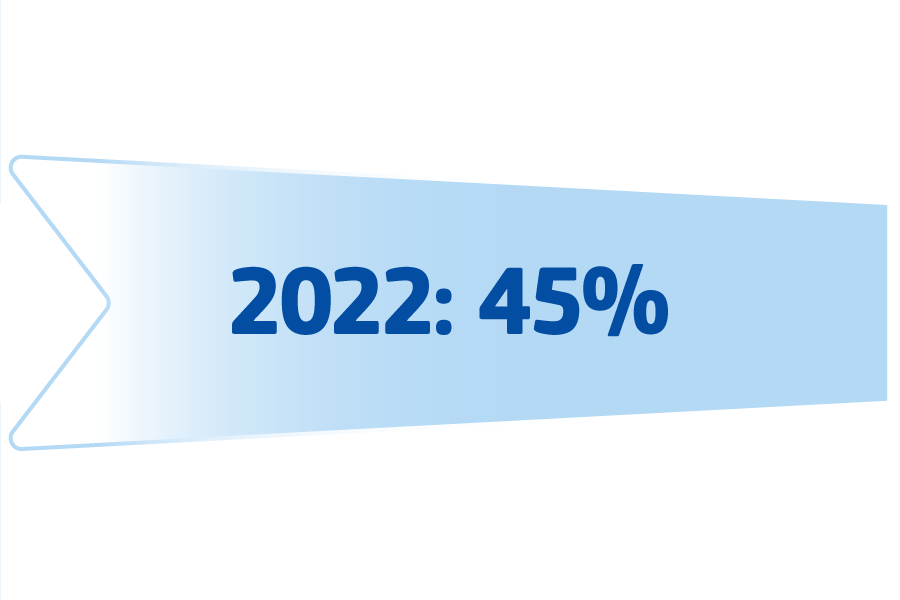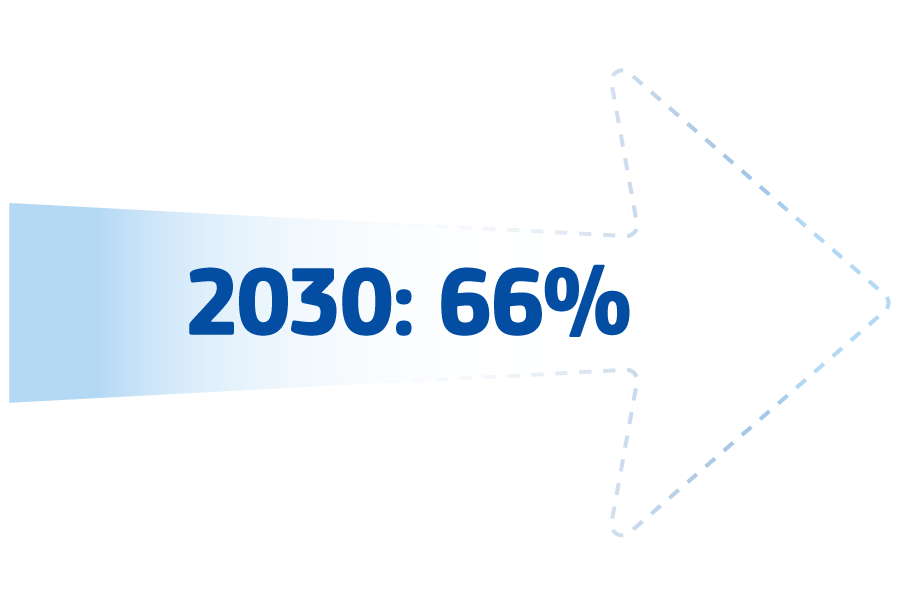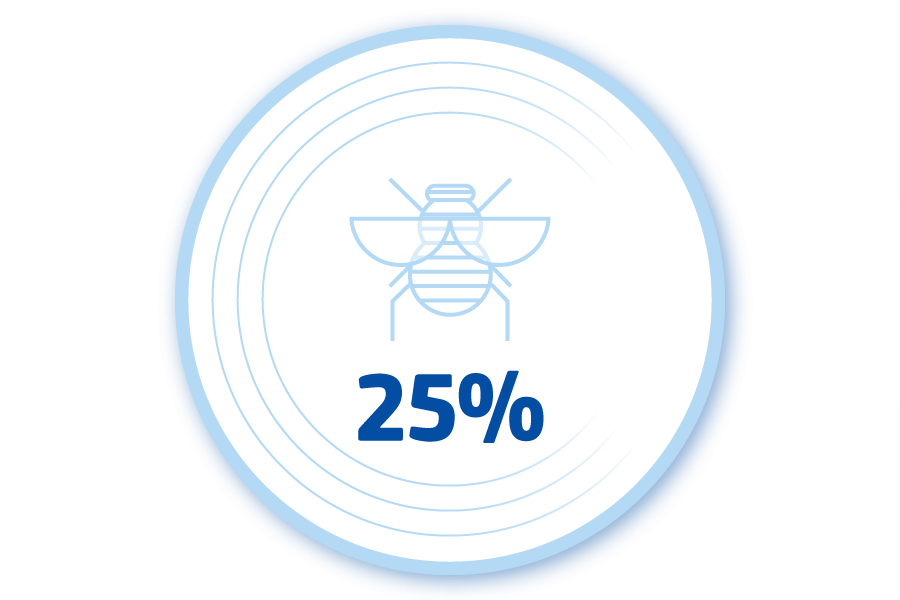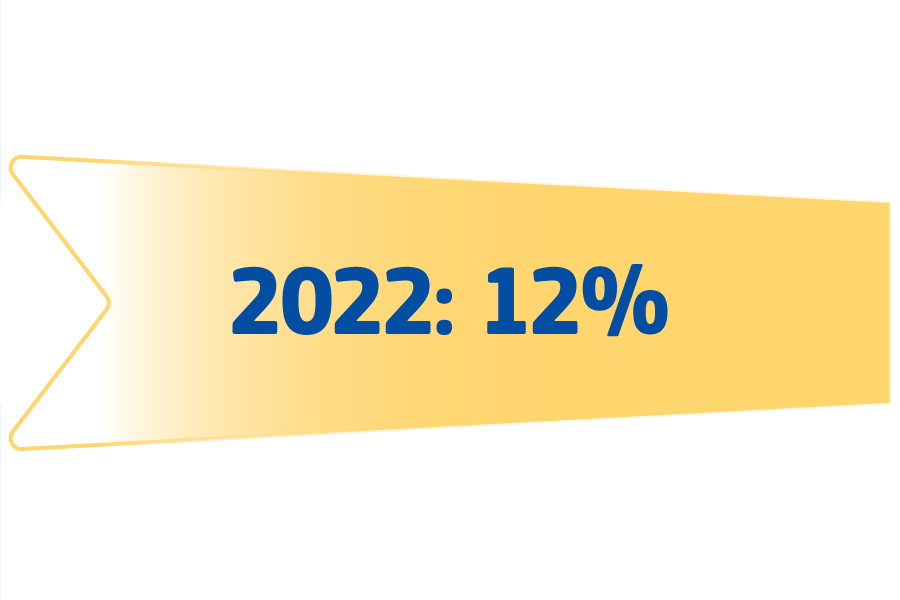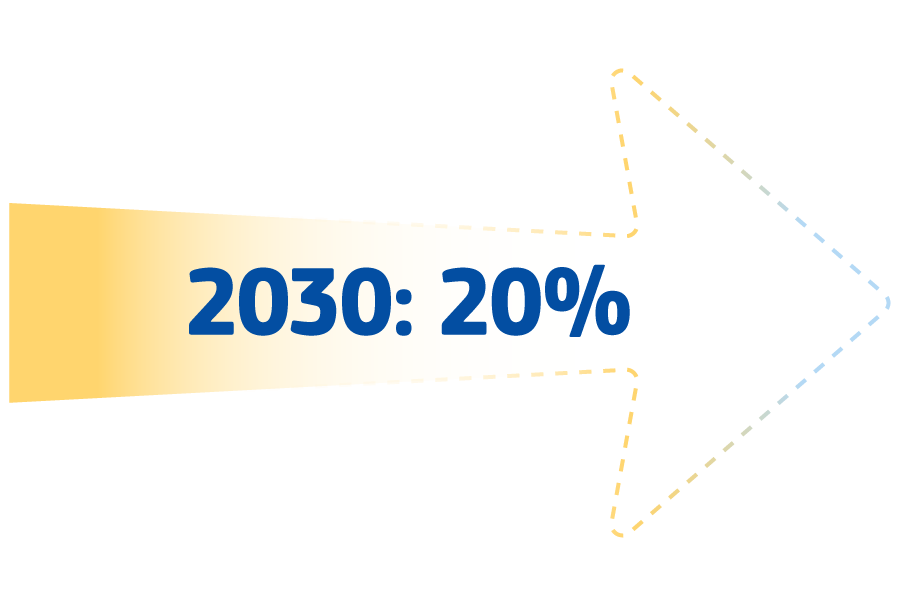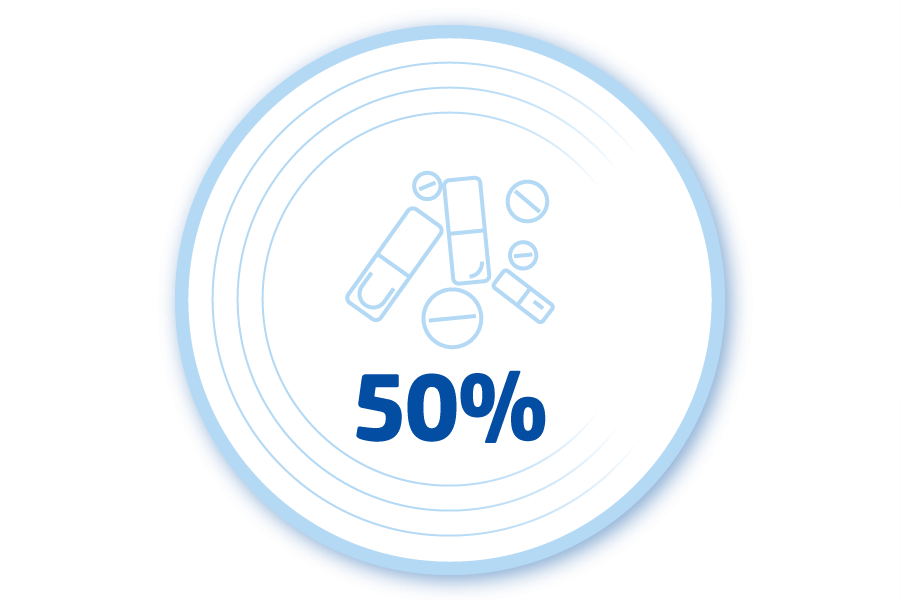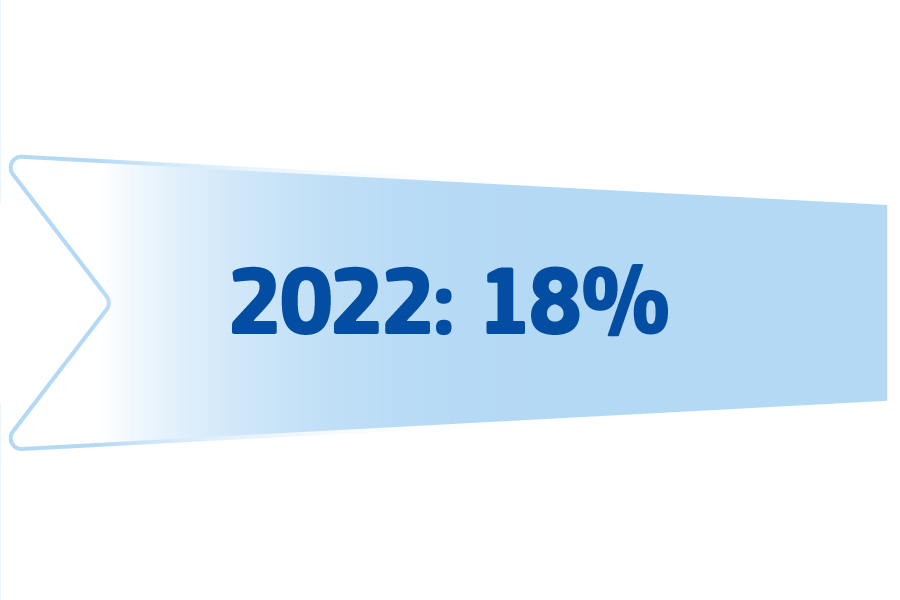The EU and its Member States monitor the presence of different types of pollution in the environment, their impacts, the amounts entering the environment and the sources from which the pollution originates. This evidence is used to establish the most effective actions to be taken.
The zero pollution monitoring and outlook framework, as part of the wider monitoring under the environment action programme, aims to monitor all types of pollution for air, water and soil.
It includes past and current pollution levels (monitoring), and predicts, through modelling systems, possible sources of pollution and future trends (outlook).
The monitoring and outlook are documented in three parts:
- the European Commission Zero Pollution Monitoring and Outlook Report summarising the findings
- the European Environmental Agency's zero pollution monitoring assessment 2022
- the Zero Pollution Outlook 2022 published by the European Commission's Joint Research Centre, which includes the results of the 3rd Clean Air Outlook.
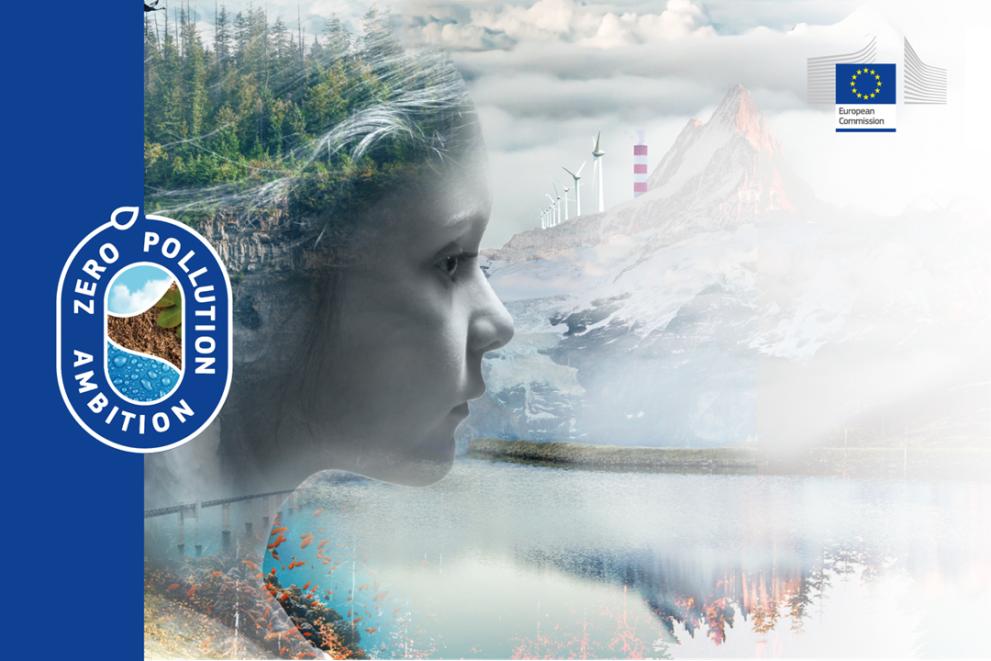
The zero pollution action plan sets the zero pollution targets for 2030

The zero pollution monitoring assessment 2022 assesses the past trends and the latest monitoring data available

The Zero Pollution Outlook 2022 provides modelling and foresight, assessing the expected pollution-reduction benefits of EU policies
2. Reduce by 30 % the share of people chronically disturbed by transport noise

Target: 30% reduction
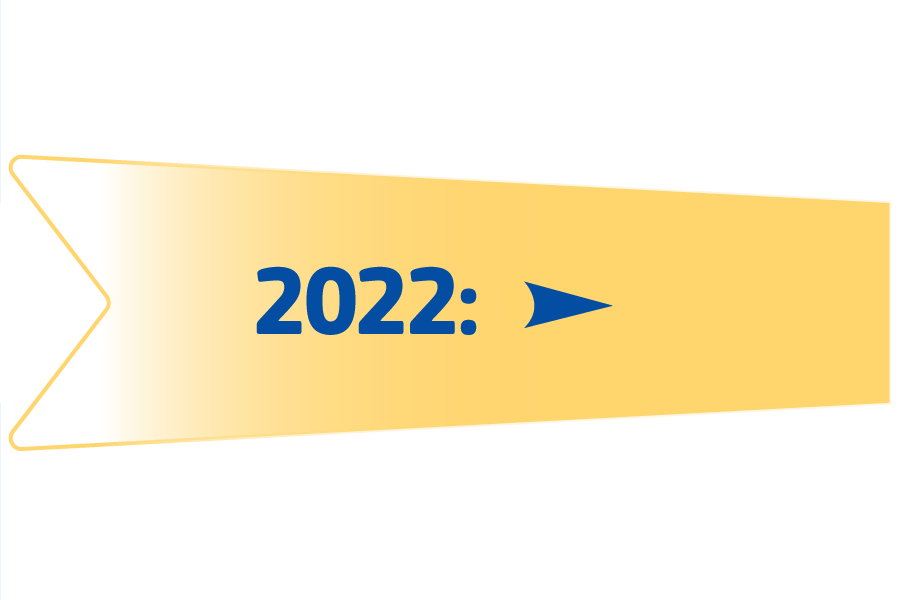
Stable: levels remained unchanged between 2012 and 2017
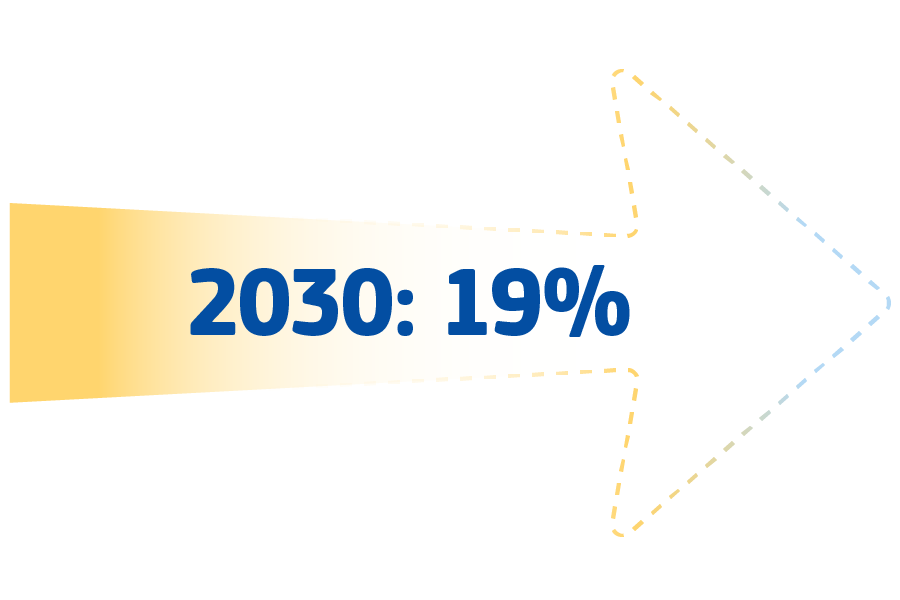
Outlook: not on track
Likely maximum reduction of 19% between 2017 and 2030 (based on agreed measures)
4a. Reduce nutrient losses by 50 %
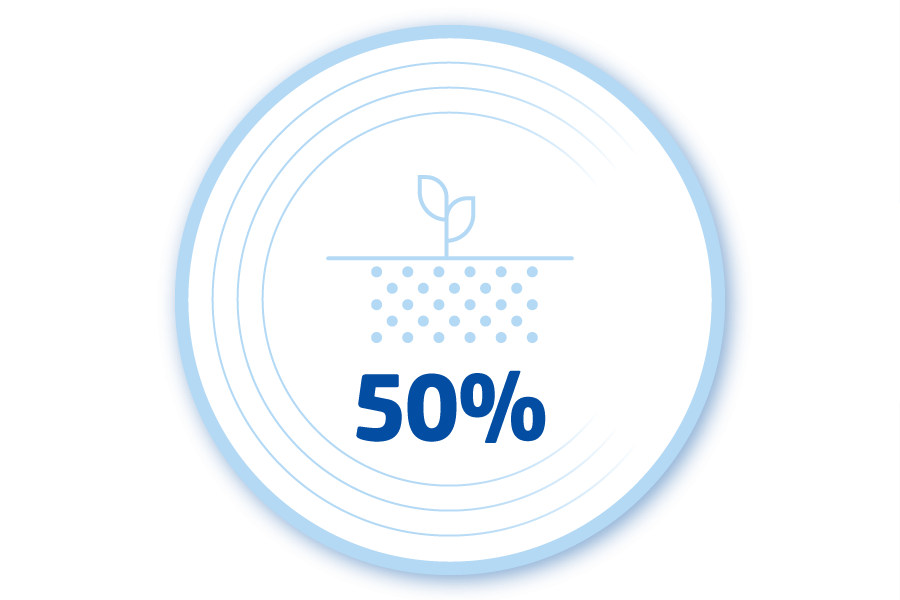
Target: 50% reduction
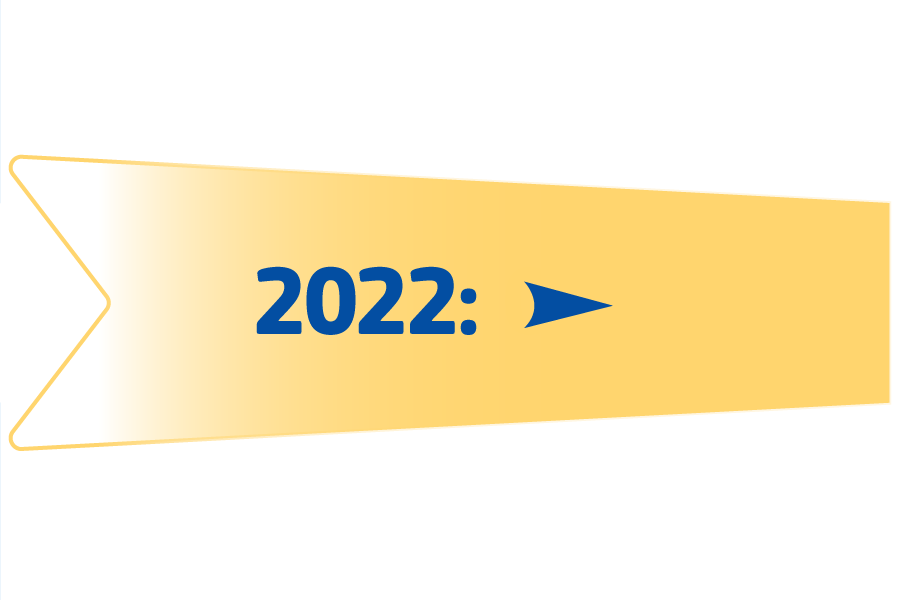
Stable: no evidence of any significant change in the last decade
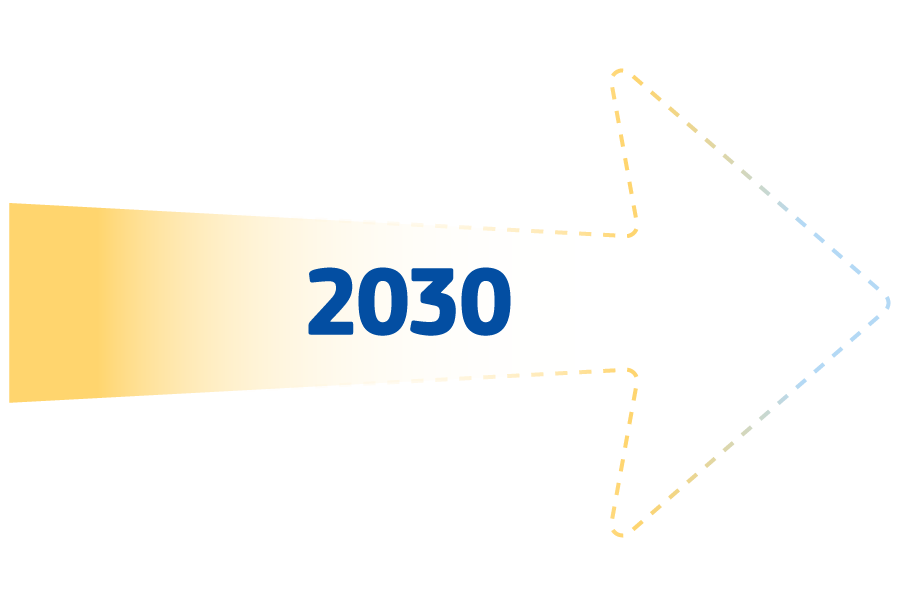
Outlook: not on track
Expected reduction but insufficient (based on a number of proposed measures)
4b. Reduce the use and risk of chemical pesticides by 50 %
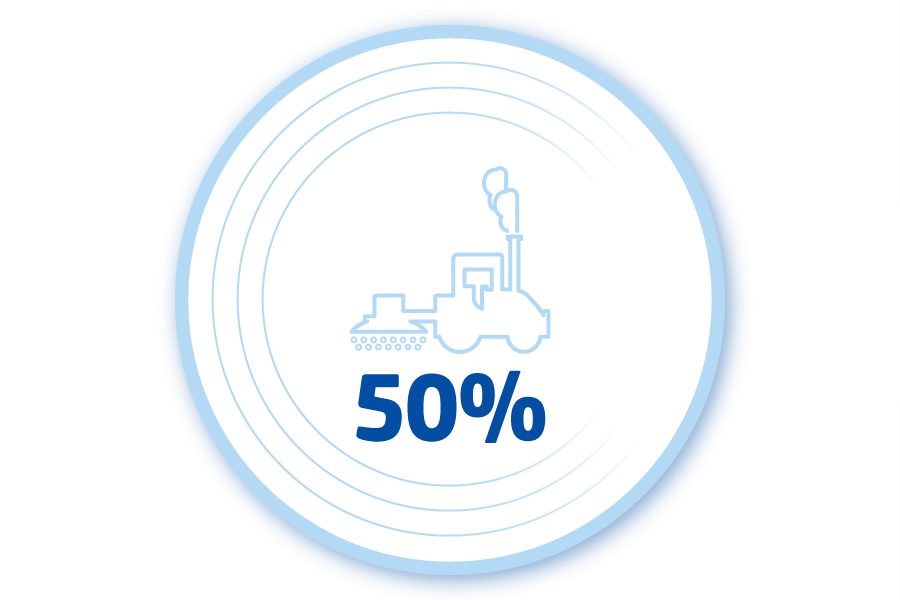
Target: 50% reduction
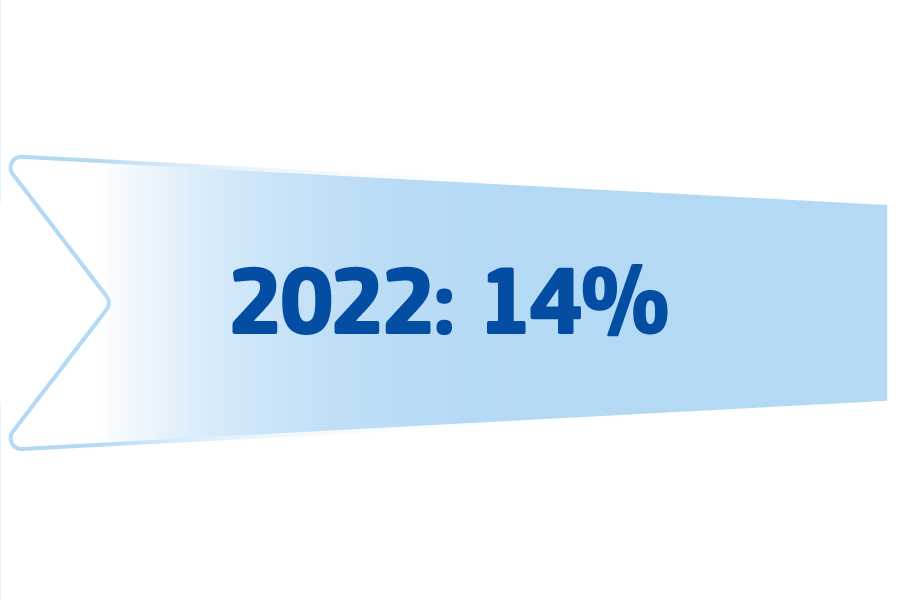
Downward trend
Reduced by 14% between 2017 and 2020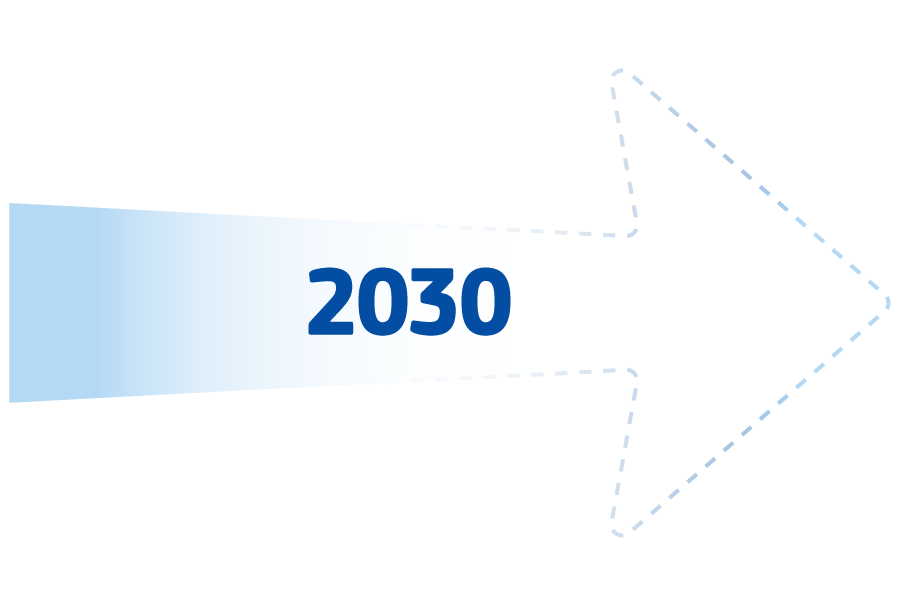
Outlook: on track
(No quantitative assessment carried out. Based on extrapolation of past trends and expert judgement)
4c. Reduce the use of the more hazardous chemical pesticides by 50 %
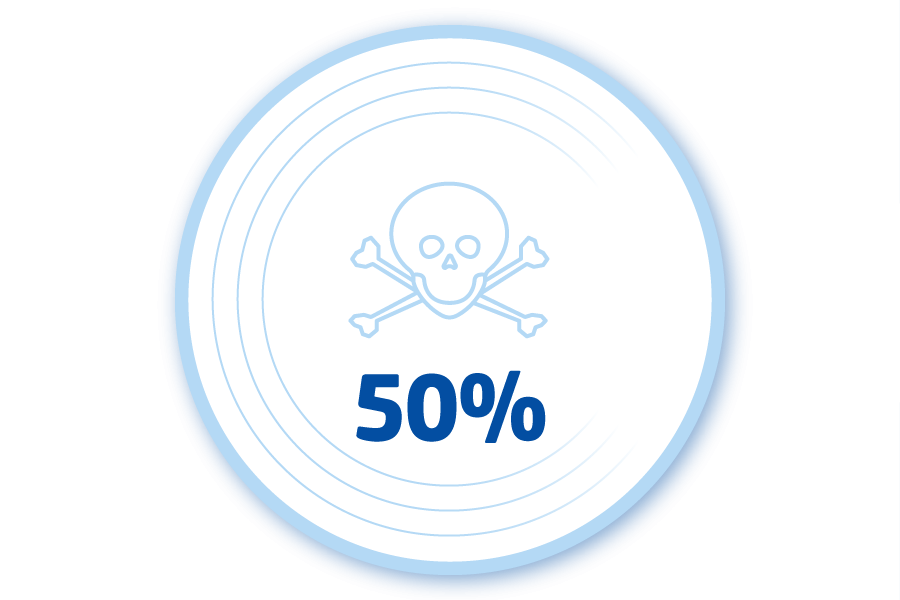
Target: 50% reduction
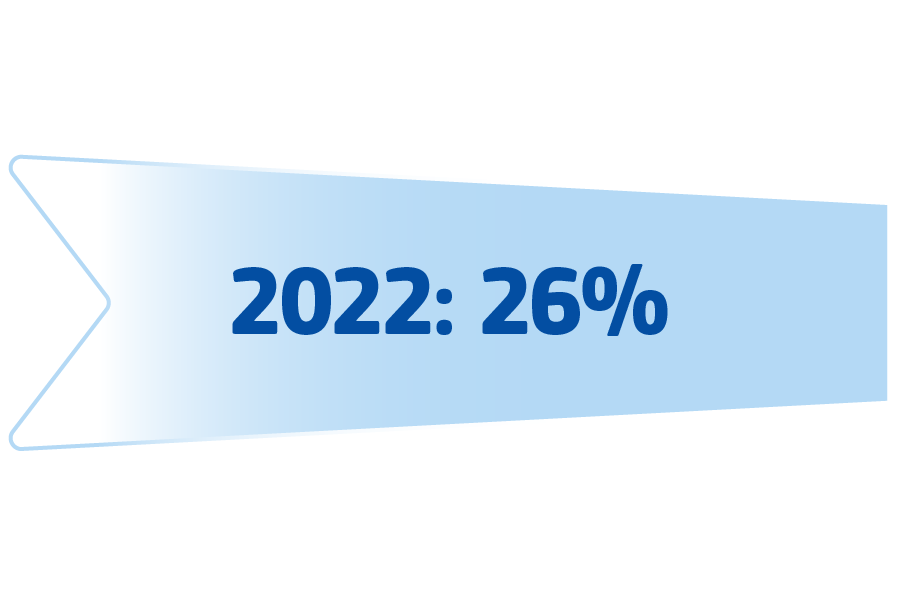
Downward trend
Reduced by 26% between 2017 and 2020
Outlook: on track
(No quantitative assessment carried out. Based on extrapolation of past trends and expert judgement)
5a. Reduce plastic litter at sea by 50 %
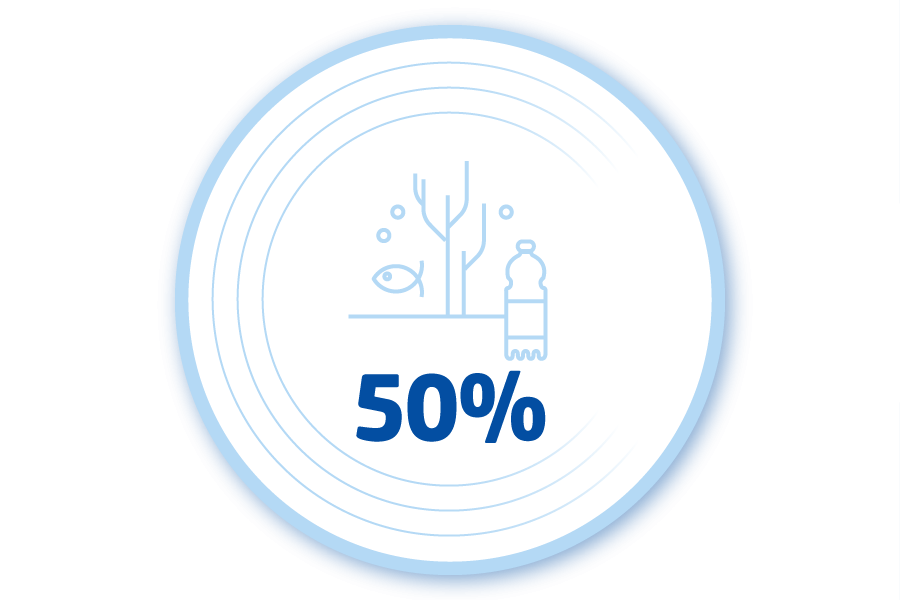
Target: 50% reduction
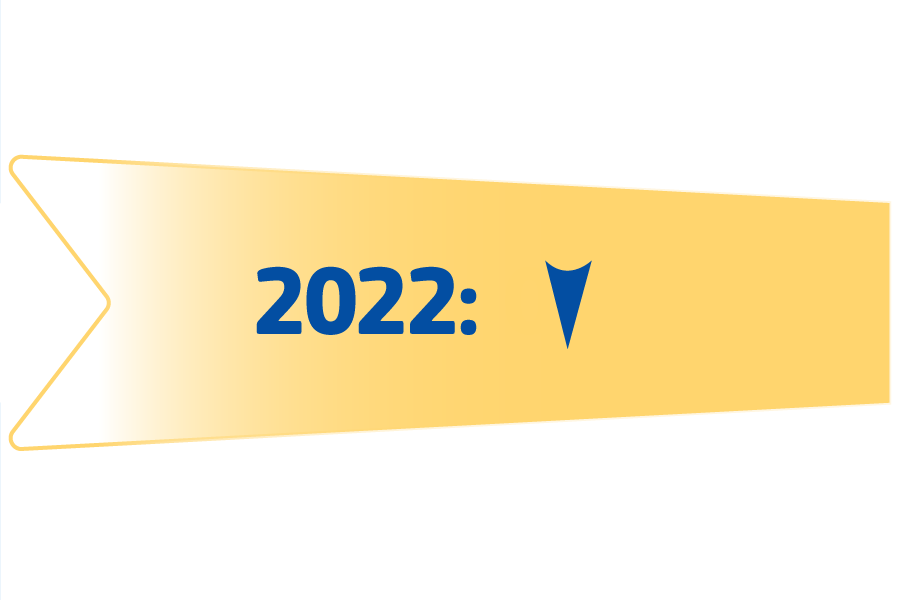
Downward trend
Provisional trend analysis between 2016 and 2020 (assessment available in 2023)
Outlook: Not on track - 14% to 25% reduction
(quantitative assessment carried out for Mediterranean Sea only based on a number of measures)
6a. Reduce significantly total waste generation

Target 2030: Significant reduction
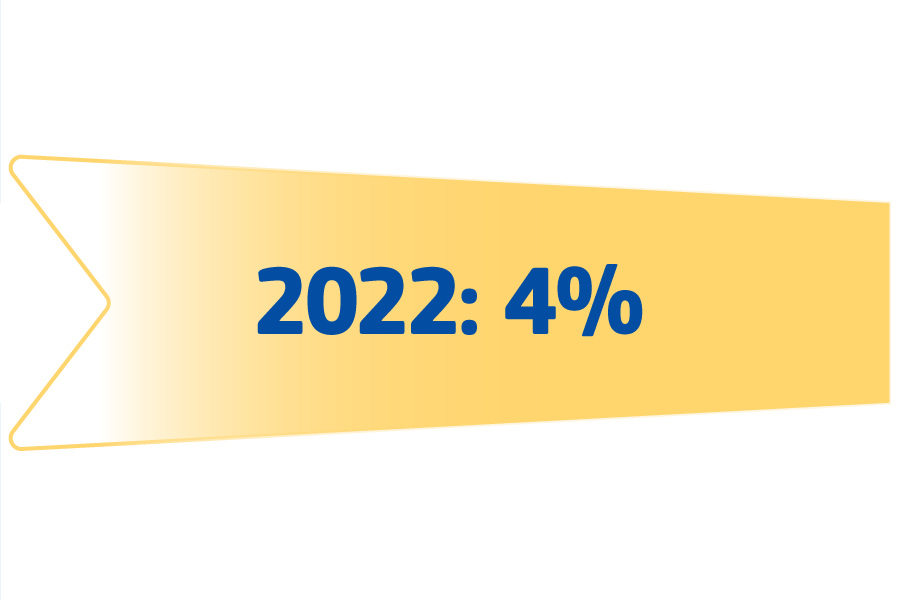
Downward trend
Reduced by 4% between 2010 and 2020
Outlook: not on track
(No quantitative assessment carried out. Based on extrapolation of past trends and expert judgement)
6b. Reduce residual municipal waste by 50%
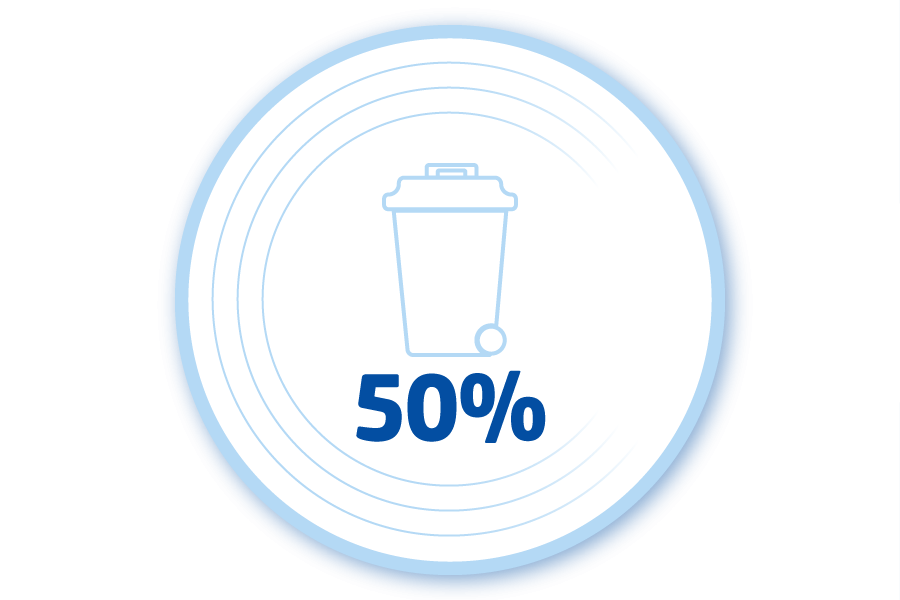
Target: 50% reduction
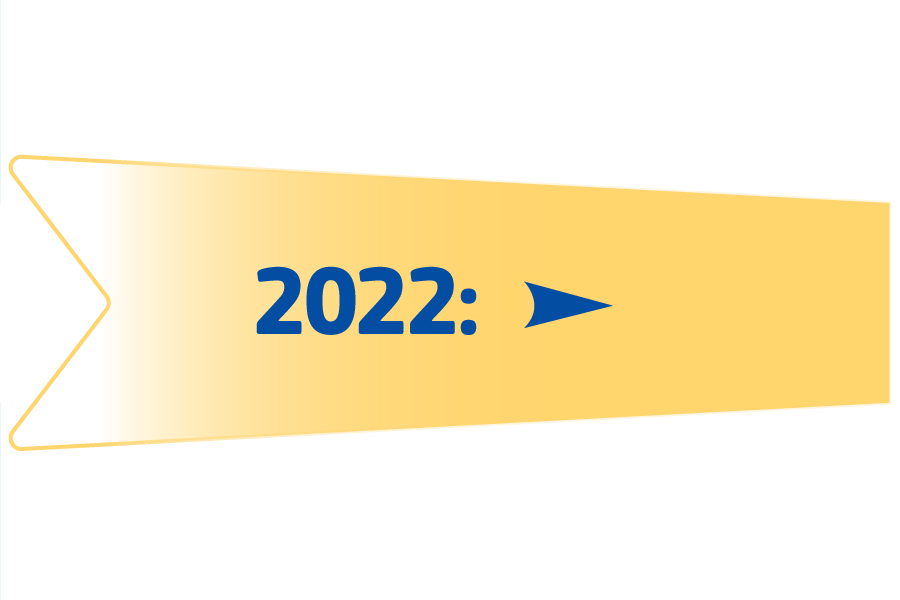
Stable: levels remained unchanged between 2016 and 2020

Outlook: not on track
No expected reduction (no quantitative assessment carried out. Based on extrapolation of past trends and expert judgement)
see EEA briefing on residual municipal waste
Background
The main objectives of monitoring and outlook are to
- measure progress, identify the need for action and drive the green and digital transition
- communicate and engage civil society, businesses, academia, administrations, EU institutions and international organisations
It complements the monitoring frameworks for climate change, biodiversity and circular economy and builds on the existing monitoring and data at EU level mainly linked to the established pollution policies and laws.
The monitoring integrates the most relevant past and current data across all pollution areas available at EU level compiled by the European Environment Agency (EEA), as well data from other EU sources, in particular Eurostat, DG SANTE, EMSA, ECHA and EMA or projects financed under the EU research frameworks, as well as information provided by Member States.
The outlook is carried out by the Joint Research Centre summarising projections, modelling and foresight results on pollution, quantifying the effectiveness of existing and proposed policies under the European Green Deal or other policies that aim to reduce pollution with by 2030. Each part of the outlook is based on a specific set of assumptions. The 3rd Clean Air Outlook has been carried out by DG Environment
Related Documents
- Zero Pollution Monitoring and Outlook Report (COM(2022) 674)
- Zero pollution monitoring assessment
- Zero Pollution Outlook 2022
- Third Clean Air Outlook Report (COM(2022) 673) and underpinning study
- Report - Horizon projects supporting the Zero Pollution Action Plan
- Emerging issues impacting the delivery of a zero-pollution ambition by 2050
- Zero Pollution Action Plan (COM(2021) 400)
- Towards a monitoring and outlook framework for the zero pollution ambition (SWD(2021) 141)
- Zero Pollution Stakeholder Platform

